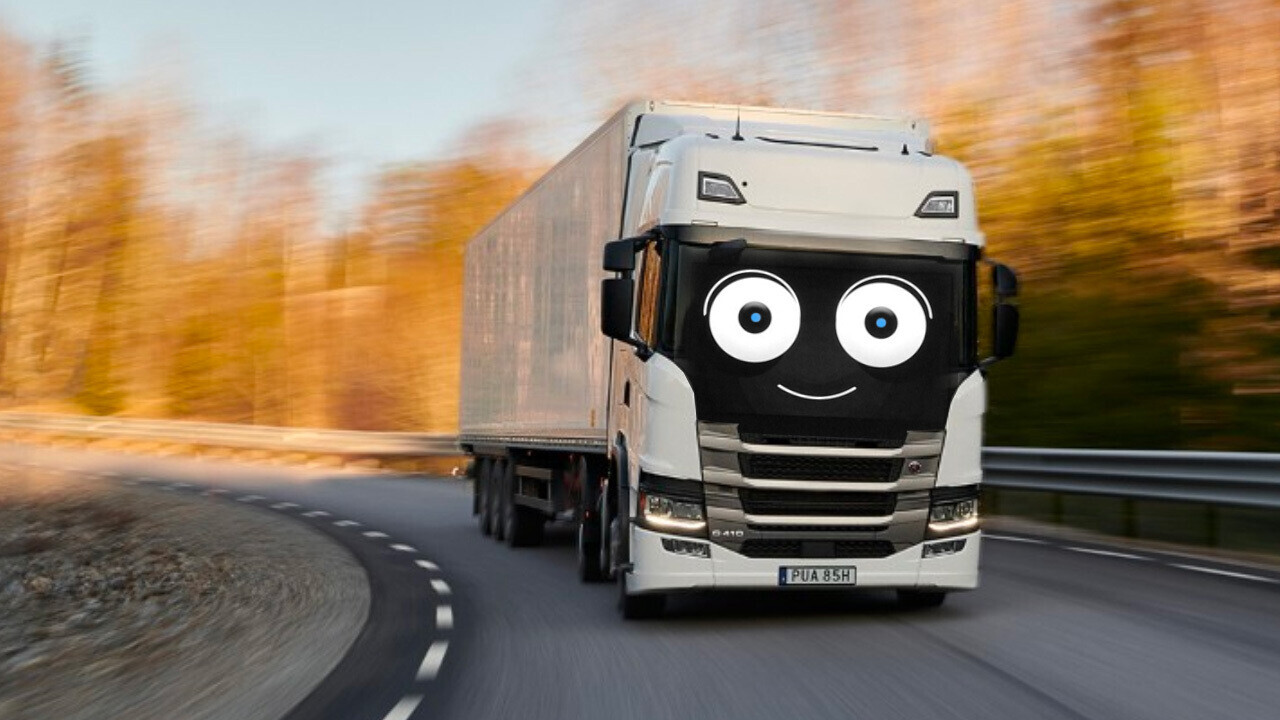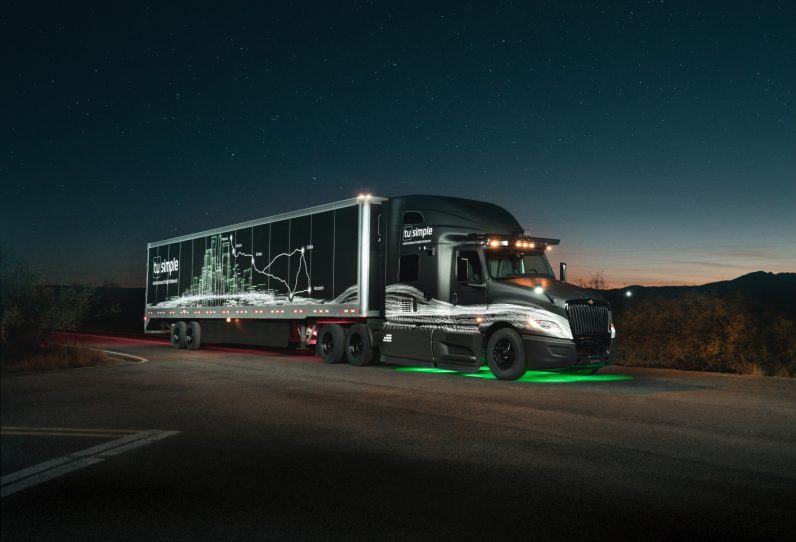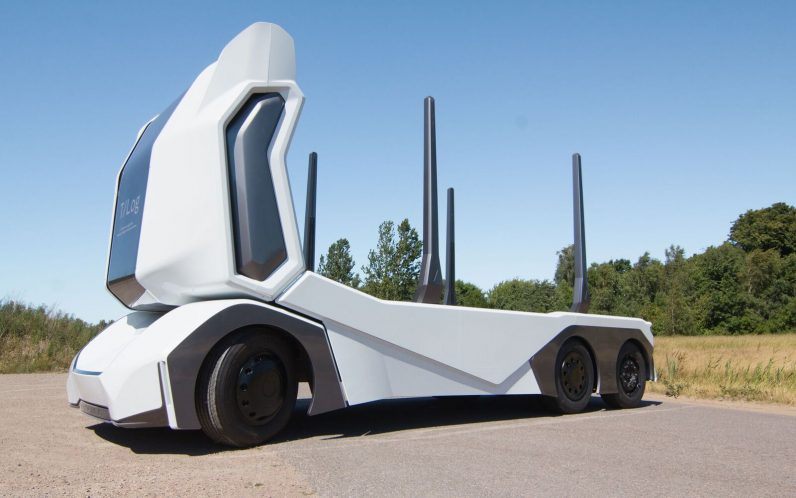
Unless you’ve been living under a rock, you’ll know that the supply chain has been in a world of pain over the last few years. This has been caused by COVID shipping delays, bottlenecks at the ports, and significant lags in truck delivery.
And one of the biggest pain points is a shortage of long-haul truck drivers.
And now, transportation companies are developing tech-driven approaches that not only solve problems that have been plaguing the industry for decades, but also turn trucking itself on its head.
From trucks in relay to autonomous trucking, the world of deliveries is changing faster than many thought possible. Short of a drone going door to door, your deliveries have never looked better.
What’s the problem with long-haul trucking?
Research last year by the American Trucking Associations predicted a 2021 truck driver shortage of just over 80,000. Following current trends, the shortage could surpass 160,000 by 2030.
The biggest challenge is attracting workers. Simply put, long-haul trucking involves being away from home, with drivers living in their rig. Most workers are nearer to the end of their working life than at the beginning.
Furthermore, attempts to attract younger workers are hindered by the isolation of life on the road.
Relay road freight brings work-life balance to truckers

One company is looking to address the worker shortage by changing the life of a long-haul trucker. It’s called Trucksters, and it has created a relay system for road freight transport based on big data and artificial intelligence.
Traditionally, truckers drive to their destination, unload, and drive back. With Trucksters, a driver meets a coworker who’s taking cargo in the opposite direction, swaps loads, and then drives back.
Relays occur at monitored exchange locations and by authorization through the Truckster mobile app. Transit times are reduced by 50%. This makes deliveries 20% more cost-efficient. Importantly, it means drivers get to sleep at home more often, as they take shorter shifts, instead of being on the road in their trucks for days or weeks.
Currently, Trucksters operates more than 600 fully loaded trucks and has carried out almost 2,000 relays in the last year.
And it’s not the only attempt to address the long-haul worker shortage.
Highway truck automation does the heavy driving
Another trend is automated trucking on the highway leg of a journey — potentially in a dedicated laneway. Human drivers are employed to carry out the more complex suburban-urban segments at the beginning and end of their journey, with truck transfer hub ports set up near highways to manually switch out the trailers.

Autonomous truck company TuSimple is moving freight on a fully-automated trucking route between the Tucson and Phoenix metro areas in Arizona. This creates seamless movement between rail, and the critical first and last miles.
One of the most significant advantages of this approach is reducing delivery costs and time. Currently, mandatory hours of service mean that unless two drivers work in tandem, a truck remains idle for more than 60% of the time.
It’s easy to imagine this approach as a stop-gap between now and full automation for the trucking industry.
According to research by Aniruddh Mohan and Parth Vaishnav published in Nature, anywhere from 30,000 to 500,000 jobs may be impacted by the full automation of highway trucking. It will also affect truck stops. These currently employ about 70,000 people across the US. They concede that new opportunities at the transfer hubs may replace work hours lost by automation. Assuming a change of role interests truck drivers.
But there’s another job they might be perfect for — Remote Pod Operator.
Einride enlists a trick for remote pod operations

Over the weekend at SXSW, Swedish freight technology company Einride introduced the world’s first Remote Pod Operator, long-time trucking veteran Tiffany Heathcott.
Remote Pod Operators observe and support an Einride Pod operating in automated drive mode, to ensure they run optimally and safely as they ship goods on behalf of Einride’s customers.
The operators aren’t ‘driving’ the pods remotely. Instead, they provide operational support to multiple pods at a time via their Automated Driving Systems.
In contrast to conventional trucking, remote operations will be safer, involve more regular hours, and provide operators with a more hospitable work environment.
Einride currently limits these roles to appropriately qualified and experienced truck drivers. But you can imagine a future where remote-controlled trucks offer a potential career to young people interested in things like gaming.
Yes, there may be an escalating crisis when it comes to finding enough truck drivers, but tech is finding meaningful ways to resolve the problem.
Get the TNW newsletter
Get the most important tech news in your inbox each week.



